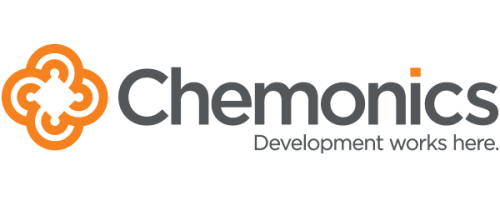Temperature control for the pharmacy
SenseAnywhere - The monitoring system for temperatures in the pharmacy
Pharmacies play a key role in the supply of medicines in Germany. Pharmacies can quickly store goods worth tens of thousands of euros. Pharmaceutical goods that can no longer be used due to incorrect storage therefore have painful economic consequences as well as pharmaceutical ones. Whether in a hospital pharmacy or a city pharmacy, whether in the pharmacy or in the warehouse, whether in the refrigerator/freezer or in the picking machine (pharmacy robot):
Temperature monitoring & temperature documentation in pharmacies
- an elementary link in quality control
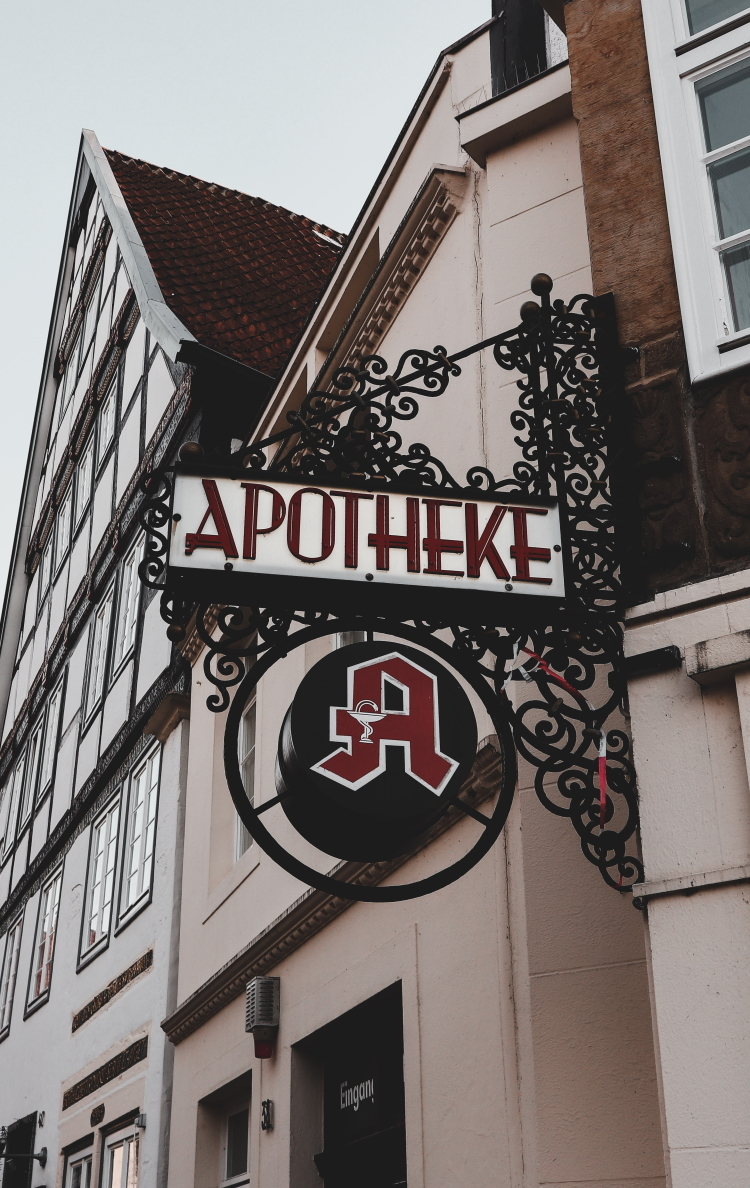
Pharmaceuticals, vaccines, serums, biologics and more must not be stored at temperatures above or below those specified by the manufacturers. Otherwise there is a risk of negative consequences for the stored goods, including loss of efficacy.
The pharmacy operating regulations (ApBetrO §4, §29) stipulate that storage below a temperature of 25 °C must be possible. According to §16 of the Pharmacy Operating Regulations, medicinal products, starting materials, medical devices and standard pharmacy goods must be stored in such a way that their quality is not adversely affected.
Particular importance is attached to "refrigerated goods" such as biologics (storage at +2 to +8 °C) and vaccines (unless otherwise specified at +5 °C ±3 °C). It is particularly critical when chilled goods are exposed to temperatures below freezing, especially for adsorbate vaccines. There are also large temperature differences within the refrigerator. For example, the medicine pack must not touch the back wall, as this is significantly colder than the rest of the refrigerator. There is a risk of accidental freezing here. If the medicine is stored in the refrigerator door, it can become too warm if the refrigerator is set too warm and is opened frequently.
The temperature in pharmacy operating rooms must also be taken into account. The pharmacy is often exposed to direct sunlight, which makes the stored goods susceptible to high temperatures.
Here you can find temperature monitoring for pharmacy errands and medicine transportation.
Temperature in pharmacy operating rooms and refrigerators
| Designation | Temperature range | Examples |
| Deep-frozen | below -15 °C | |
| Refrigerator (chilled goods) | between 2 °C and 8 °C | |
| Cold or cool | between 8 °C and 15 °C | |
| Room temperature | between 15 °C and 25 °C |
Storage temperatures according to European Pharmacopoeia, Table 1
How can temperatures be monitored in the pharmacy?
The minimum requirement for temperature monitoring in the pharmacy is the use of a Min-Max thermometer. It shows the lowest and highest temperature value between two readings.
However, a Min-Max thermometer also involves inconveniences and risks: For one thing, the thermometer must be read consistently every day and the results entered into a list that must be maintained and archived. On the other hand, the person in charge must be reliable and trustworthy. However, the decisive disadvantage of a min-max thermometer is the lack of a reliable alarm in the event of a limit value being exceeded. And preferably before any damage has occurred .
Temperature logger for pharmacies
So how do I check as simply and reliably as possible whether the required temperatures are being maintained?
Technical equipment for temperature monitoring is available for this purpose - from individual measuring devices such as temperature loggers or entire systems consisting of temperature loggers with radio transmission. A temperature logger is a mobile, battery-operated measuring device that measures the temperature in the air or in another medium at specific time intervals. The data is either stored on the measuring device itself or transmitted to a data memory via a transmitter.
We offer temperature loggers from the LogTag series for temperature measurement in pharmacies. The data is stored directly on the device. The LogTag data loggers can be read out manually. You receive alarms directly when you are on site.
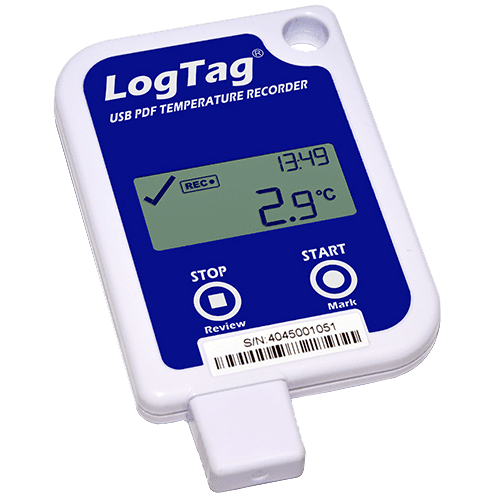
- Automatic recording of the temperature
- Manual readout of the measured values
- Audible alarm when limit values are exceeded or not reached
Automated temperature monitoring in pharmacies
Fully automatic, continuous and reliable temperature monitoring: With the SenseAnywhere monitoring system, you have the temperature in pharmacy operating rooms and refrigerators firmly under control.
Once the temperature loggers have been placed, they measure the temperature at the relevant points. The temperature loggers record the data and transfer it fully automatically to the web-based software. If the temperature exceeds or falls below the limit values, you will receive a message on your smartphone, tablet or PC.
The alarm settings can be easily adjusted to the requirements of different types of medication and provide immediate alerts by email or SMS. Reliable temperature recording is guaranteed, so you can ensure that your medicines are stored correctly. Prevent damage before it occurs!
- Automatic temperature recording
- Location-independent access to measured values in real time
- Alarm by e-mail, SMS or phone call if limit values are exceeded or not reached
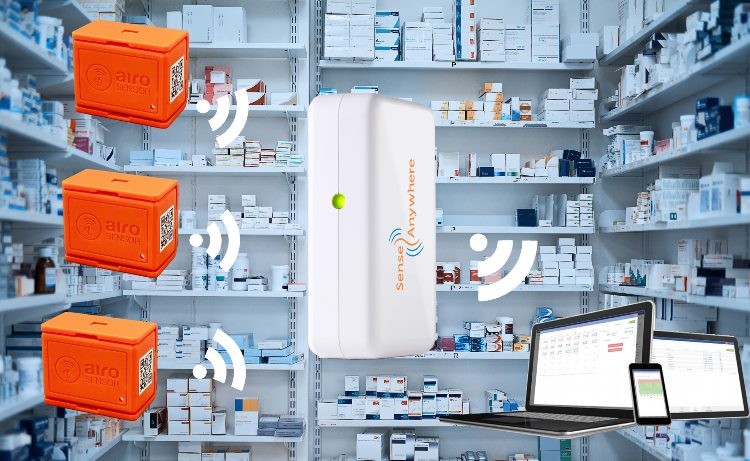
Test our temperature monitoring system free of charge!
Test the demo kit free of charge and without obligation within one week. Test the advantages and possibilities offered by SenseAnywhere at your leisure. Directly on your premises with your conditions and your data. Measure the temperatures in your pharmacy, trigger alarms, create documentation and familiarize yourself with the system.
The demo kit contains two data loggers, an access point and everything you need to get the system up and running on your premises and record your own temperature and humidity data.
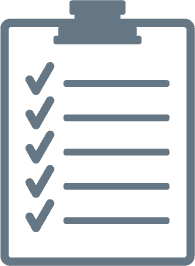
With our temperature monitoring solutions, the temperatures in your pharmacy can be documented electronically and error-free.
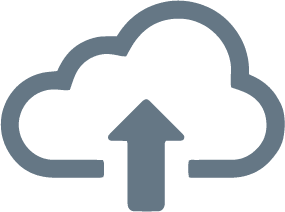
Whether manually reading out a data logger or fully automatically transferring the recorded measurement data to the cloud. The documentation of your pharmacy's temperatures can be viewed at any time and historical data can be easily accessed.

Are you subject to a duty of proof? For documentation purposes or as proof, you can create and save a report with all relevant data at any time or have a report sent to you fully automatically by email.

SenseAnywhere customers
Case Study: Documenting temperatures in the pharmacy
Even though the heatwaves this year will hopefully soon be over: The cold chain is and will remain a hot topic. Pharmacist Markus Kerckhoff gives practical tips on how pharmacies can optimize their storage conditions - and appeals to colleagues to take their duty of care seriously in this regard too.
Automated temperature checks with SenseAnywhere
Kerckhoff recommends a web-based measuring system certified by the US Food and Drug Administration (FDA). Digital sensors provide a temperature value every five minutes and display the result on a website. Separate limit values can be set for each sensor, within which the measured temperature should lie. In the event of deviations, the user can set to receive a message by SMS or e-mail, for example, so that they can react accordingly. Another advantage: anyone using such a system receives automated reports on the temperature trend. "This saves on personnel costs because employees no longer have to measure, document and archive," emphasizes Kerckhoff. The SenseAnywhere system has proven itself in practice.Read the full case study in the Pharmazeutische Zeitung online!
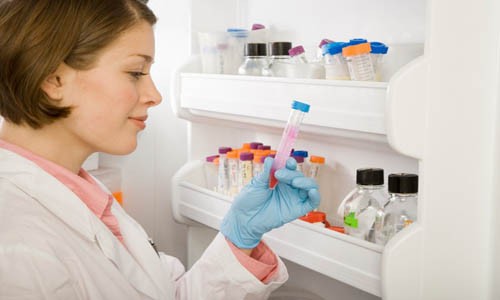
Navigation
Produkte
Branchen & Anwendungen



